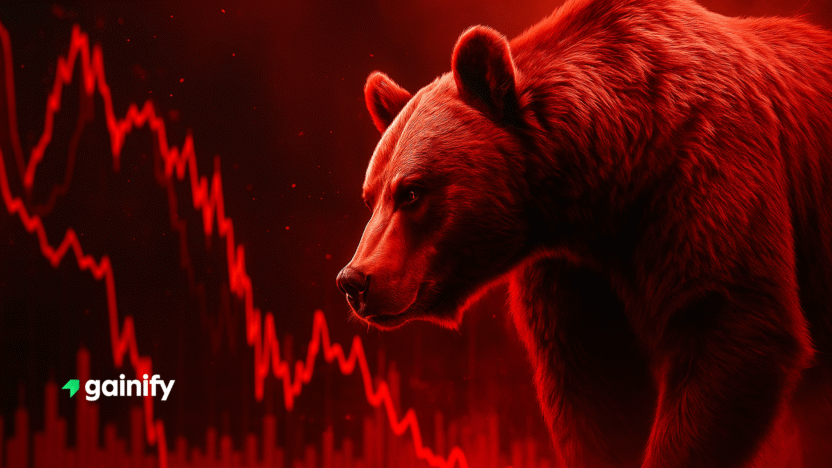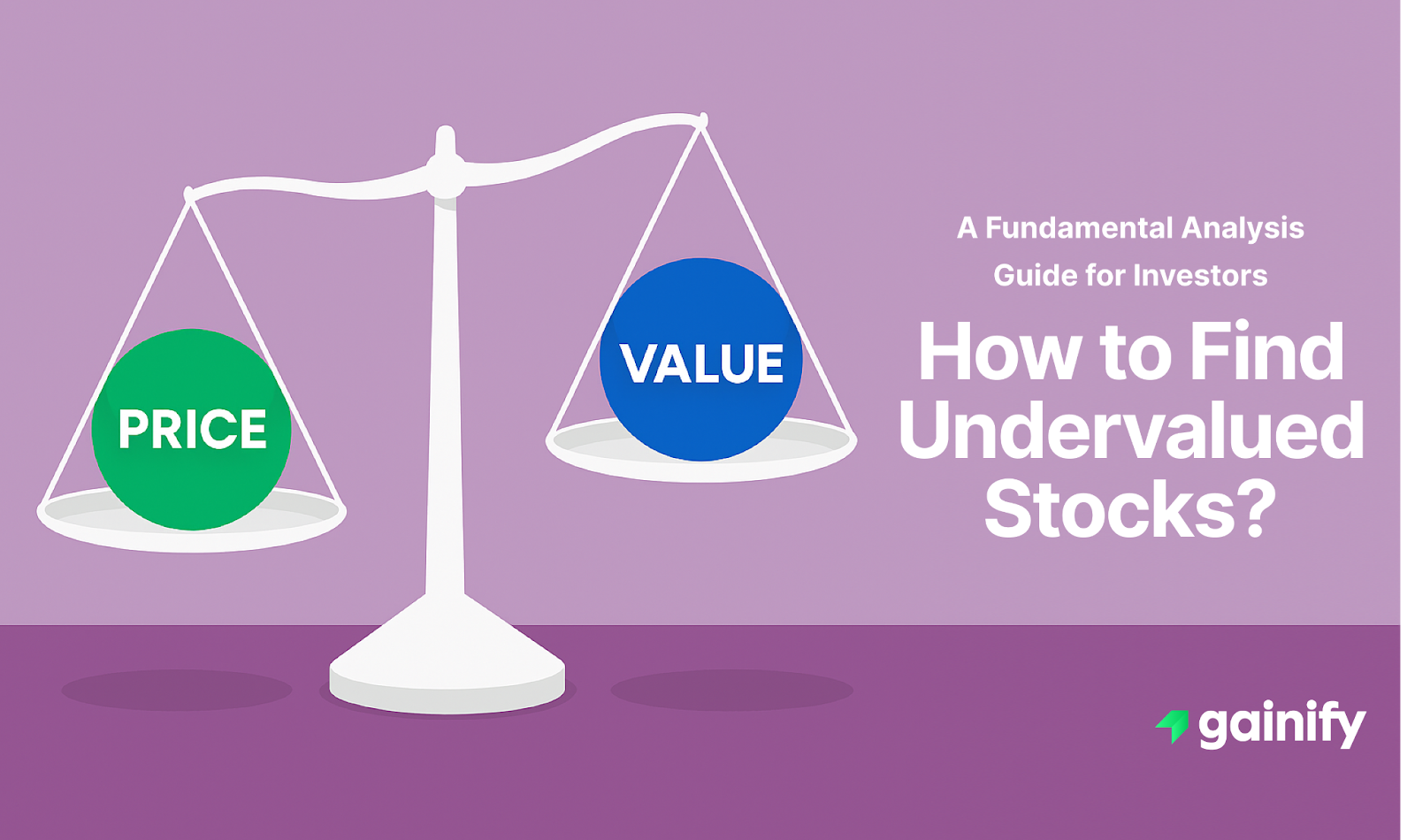Markets rise quietly and fall loudly. Every investor eventually faces that moment when confidence turns to fear, portfolios shrink, and the question becomes impossible to ignore: how long will this last?
Bear markets can be brutal in the short term, shaking even experienced investors and testing every strategy. Yet these downturns also reveal how markets reset, how economies adapt, and how recoveries begin.
The hardest periods often carry the biggest lessons, showing why patience and perspective matter more than prediction. To understand what comes next, it helps to look at how long bear markets have lasted before, what drives them, and what history says about recovery.
Key Highlights
- Bear markets are challenging in the short term but are a normal part of long-term investing.
- Historically, downturns have lasted about 14 to 16 months before recovery.
- Every bear market in history has eventually ended in a return to growth and new highs.
What Is a Bear Market?
A bear market is generally defined as a stock market decline of at least 20% from recent highs, known as a peak-to-trough movement.
These stock price declines can be unsettling, but they are a normal and expected part of the market cycle and the long-term investing journey. Historically, such downturns have occurred approximately every 6 years in the U.S. stock market.
Market corrections are different from deeper declines. Corrections are typically drops of 10% or more but tend to be short-lived with quicker recoveries. In contrast, more severe declines signal a broader shift in investor sentiment, from confidence to fear.
How Long Do Bear Markets Last?
While every market decline is unique, history provides a valuable perspective:
- The average downturn historically lasts about 14 to 16 months.
- The typical market decline during these periods is around 30% to 35%.
- Some market declines, like the one in 2020 during the COVID-19 pandemic, have been short-lived, lasting just a few months.
- Others, like the Great Depression or the early 2000s dot-com bust, stretched for multiple years.
Importantly, stock markets have always recovered after significant downturns, often reaching a new previous peak and continuing their long-term trend of growth.
Bear Market | Start Date | End Date | Months | S&P 500 Change |
Great Depression Crash | 9/7/29 | 6/1/32 | 32.8 | -86.20% |
1937 Recession | 3/6/37 | 4/29/42 | 61.8 | -60.00% |
Post-War Adjustment | 5/29/46 | 6/14/49 | 36.5 | -29.60% |
1956 Bear Market | 8/2/56 | 10/22/57 | 14.7 | -21.50% |
Early 60s Downturn | 12/12/61 | 6/27/62 | 6.5 | -28.00% |
Mid-60s Decline | 2/9/66 | 10/7/66 | 7.9 | -22.20% |
1968–1970 Slump | 11/29/68 | 5/26/70 | 18.2 | -36.10% |
1973–1974 Crash | 1/11/73 | 10/3/74 | 20 | -48.20% |
Early 80s Recession | 11/28/80 | 8/12/82 | 20.4 | -27.10% |
1987 Black Monday Crash | 8/25/87 | 12/4/87 | 3.4 | -33.50% |
Early 90s Dip | 7/16/90 | 10/11/90 | 3 | -19.90% |
Dot-com Bust | 3/24/00 | 10/9/02 | 30.5 | -49.10% |
Global Financial Crisis | 10/9/07 | 3/9/09 | 17 | -56.80% |
COVID-19 Crash | 2/19/20 | 3/23/20 | 1.1 | -33.90% |
2022 Inflation + Ukraine War | 1/3/22 | 6/13/22 | 5.3 | -21.80% |
Types of Bear Markets
Not all bear markets are created equal. Understanding their causes can help investors better manage expectations, risk tolerance, and strategy. Broadly, bear markets fall into three main categories:
Cyclical Bear Markets
- Caused by the natural ups and downs of the market cycle, including changes in interest rates, inflation, and business conditions.
- Typically last from several months to two years.
- Markets tend to recover relatively quickly once the economic cycle improves.
- Examples:
- The 1987 market crash, where the S&P 500 dropped sharply but recovered quickly.
- The 2022 decline, driven by tightening monetary policy and rising inflation concerns.
Secular Bear Markets
- Result from long-term structural problems, such as persistent inflation, weak economic growth, or sluggish corporate earnings.
- Can last over a decade, with multiple short-term rallies that don’t mark a true recovery.
- Stock prices may stay suppressed for extended periods despite occasional rebounds.
- Examples:
- The 1970s stagflation era, marked by high inflation and low growth.
- The post-2000 dot-com bust, which took years to recover fully.
Event-Driven Bear Markets
- Triggered by sudden, unexpected external shocks rather than economic fundamentals.
- Tend to be sharp but short-lived, as the market reacts quickly to uncertainty but rebounds once conditions stabilize.
- Examples:
- The 2020 COVID-19 crash, where stock prices plummeted rapidly but recovered within months.
- Other examples include geopolitical conflicts or natural disasters impacting financial markets temporarily.
What Causes Stock Price Declines?
Sharp declines in stock prices are triggered by a variety of economic, financial, and psychological factors, including:
- Economic recessions and GDP contraction.
- High inflation or rising interest rates.
- Declining corporate earnings and reduced profit margins.
- Geopolitical conflicts and global uncertainties.
- Panic selling and shifts in investor sentiment.
Often, it is a combination of these factors that causes prolonged periods of stock price weakness. The psychological impact of negative news cycles can sometimes deepen downturns beyond what economic fundamentals alone would suggest.
How Often Do Major Market Declines Happen?
Since 1870, U.S. stocks have experienced 26 significant downturns. On average, a major decline happens about once every 5 to 7 years. However, history shows that bull markets are longer and stronger than periods of falling stock prices:
- Average bull market length: 5 years.
- Average bull market return: over 150%.
- Average downturn length: 14 to 16 months.
- Average downturn decline: 30% to 35%.
Investors who stay the course during downturns have historically been rewarded with substantial annual returns over time.
How to Prepare for Market Downturns
Preparation is key to navigating periods of falling stock prices successfully. Long-term investors can take proactive steps to manage volatility and protect their wealth:
- Build a diversified portfolio: Allocate investments across stocks, bonds, and other assets to reduce risk.
- Maintain a suitable time horizon: Align your investments with your financial goals and expected investment period of time.
- Practice dollar-cost averaging: Regularly investing a fixed amount can help smooth out market volatility.
- Hold defensive stocks: Companies in sectors like healthcare, utilities, and consumer staples tend to be more resilient during downturns.
- Review your risk tolerance: Ensure your asset allocation matches your willingness and ability to withstand losses.
- Have a rebalancing plan: Adjust your portfolio periodically to maintain target allocations.
Preparing ahead of time can make inevitable periods of volatility much easier to manage both emotionally and financially.
What Should Investors Do During a Market Decline?
Sharp market declines can test investors’ patience and emotions. However, disciplined strategies have historically proven effective, such as:
- Stay invested: Timing the market rarely works. Remaining invested leads to higher long-term returns.
- Avoid emotional selling: Selling after markets drop locks in losses.
- Rebalance your portfolio: Take advantage of market movements to maintain your asset allocation.
- Focus on quality stocks: Companies with strong balance sheets, durable earnings, and competitive advantages tend to perform better.
- Diversify across asset classes: Spreading investments across stocks, bonds, and cash can reduce portfolio volatility.
Patience, diversification, and a long-term focus are crucial to navigating periods of falling stock prices successfully.
Final Thoughts: Volatility Is Temporary, Growth Is Permanent
Periods of falling stock prices can be unnerving, but history clearly shows that they are temporary setbacks within a long upward trend for the stock market. While downturns typically last around 14 to 16 months, they have always been followed by recoveries and new market highs.
Sticking to a sound investment strategy and resisting emotional reactions are key to long-term investing success. Using AI-driven research tools like Gainify or consulting a financial advisor can help investors stay disciplined and identify opportunities during challenging times.
Remember, this article is for educational purposes only. Always consult with a qualified financial professional before making any investment decisions.




